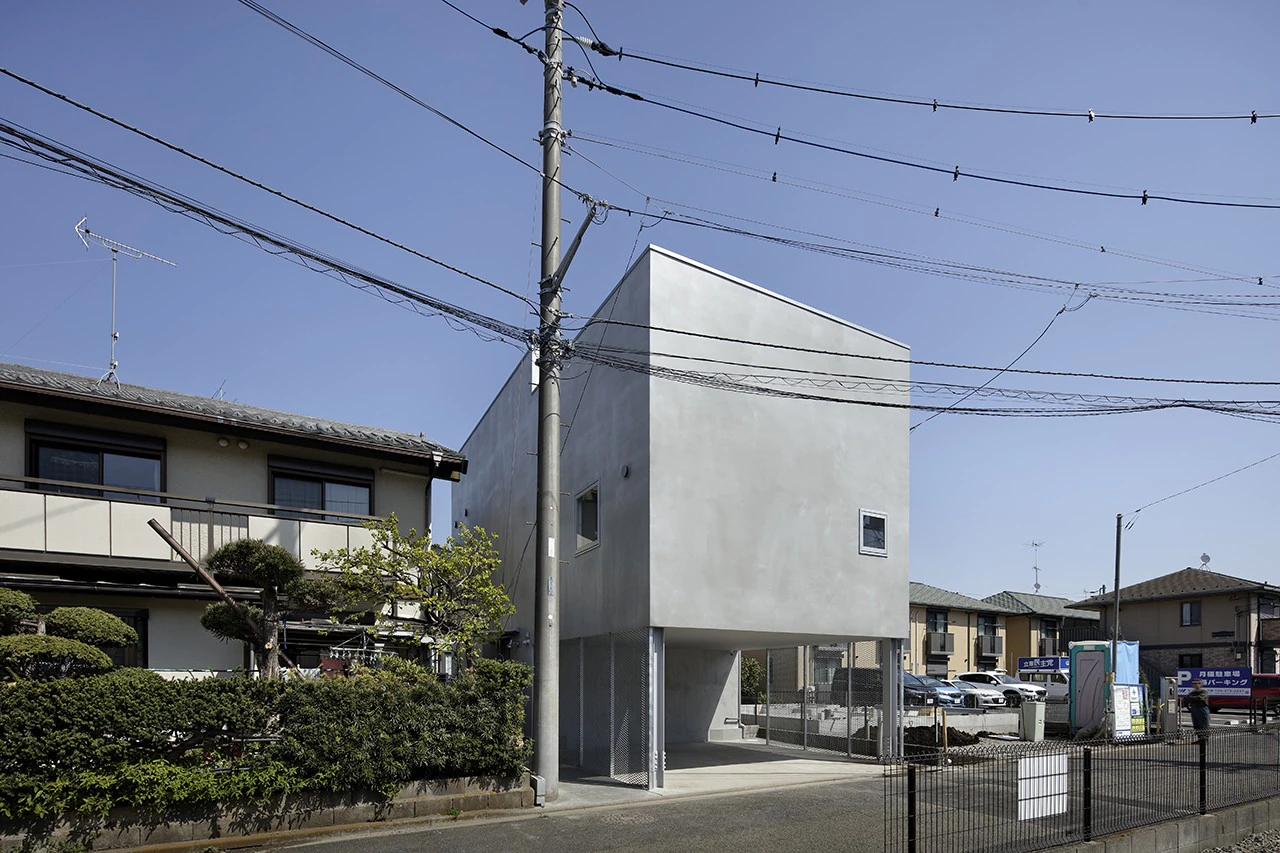“Generating a space like the underwater one means creating a place to live in without feeling cramped,” continues Nao Iwanari. Beyond the unusual aquatic metaphor, the themes addressed with the project are those typical of Japanese architecture, one of them being the redefinition of public and private space, recently analysed by curators Salvator-John A. Liotta and Fabienne Louyot in their exhibition “What is Co-Dividuality?”.
The Japanese house has long fascinated Europeans and Americans. Frank Lloyd Wright wrote in his autobiography: “At last I had found a country on earth where simplicity, as natural, is supreme. The floors of these Japanese homes are all made to live on – to sleep on, to kneel and eat from, to kneel upon soft silken mats and mediate upon. On which to play the flute, or to make love.”
There are several modern designers who have been able to preserve and renew the principles of Japanese architecture. Indeed, the hybridisation of pre-existing knowledge and new values has gradually strengthened the Japanese national architectural identity. This building – in its uniqueness – continues a path whose path is marked out and proposes a clear and defined design horizon.
